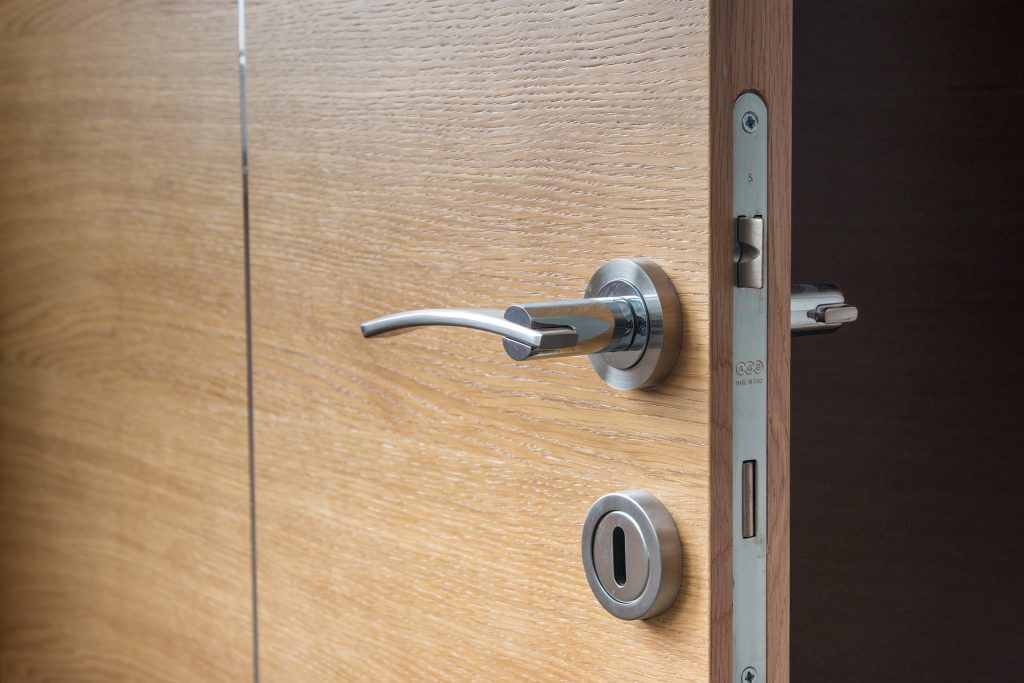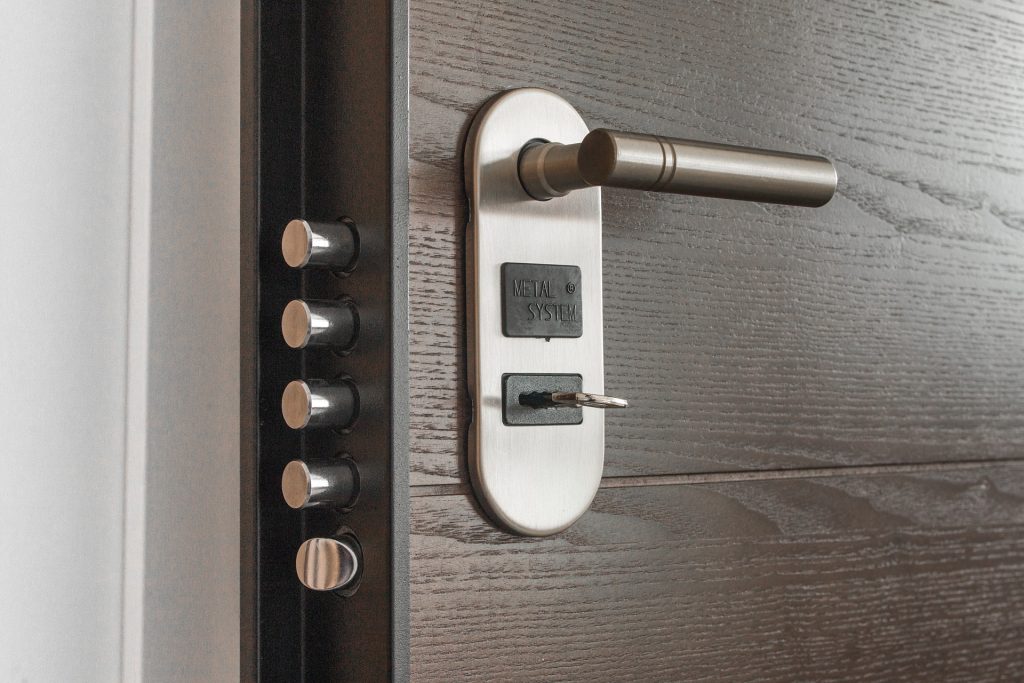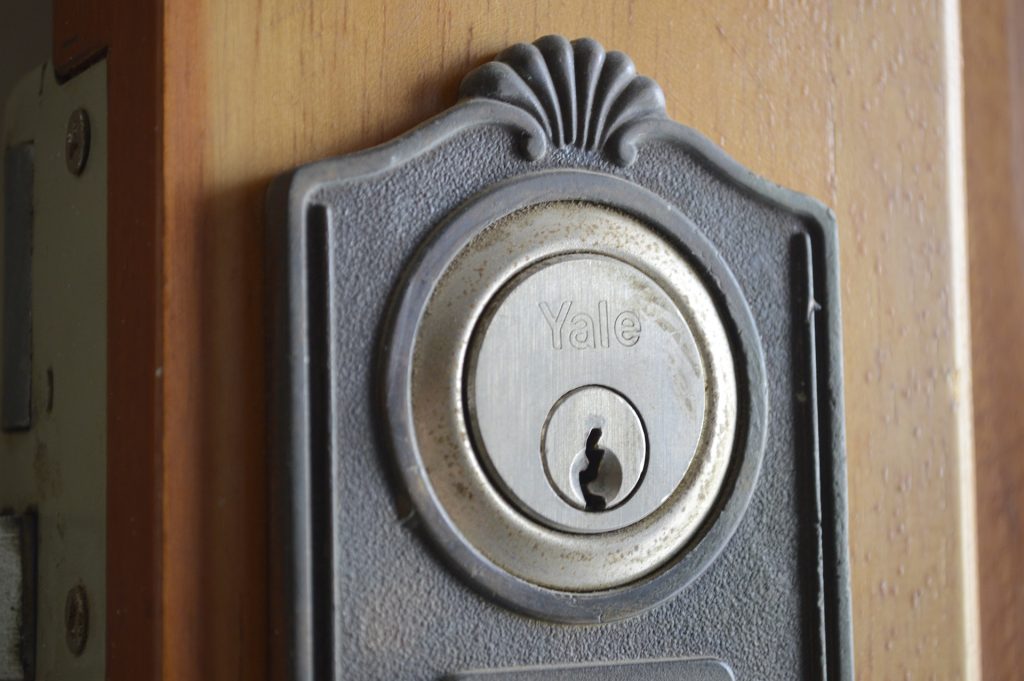When it comes to securing our homes, we tend to think of extravagant steps like security lights, alarm systems and cameras. But the first step when it comes to home security is your front door lock.
When you apply for home insurance, you’ll be asked to divulge what types of front door locks, patio door locks and any other external door locks you have. Having the right type of lock can make a difference to your premium.
Here, we run through the three most common types of locks.
Make sure you answer the security questions correctly and check what locks your insurer requires you to have, to ensure your home is safe from intruders and that your home insurance isn’t rendered invalid in the event of a break-in.

This is the most common type of door lock, usually found in the lower half of timber doors. It normally has a long back door type key and it is lockable from inside or outside offering medium-level security.
More secure is a five-lever mortice deadlock that meets the British Standard BS 3621. Look for the British Standards Institute Kitemark on the lock with the numbers 3621 to find out if your mortice deadlock meets the required standard.
If it doesn’t, you may have to pay extra for your premium or change the lock to one that does meet BS 3621.
A BS 3621 mortice deadlock is more secure as it has a larger, reinforced deadbolt and the casing around the lock is drill proof.
Most doors with a mortice deadlock will be accompanied by a nightlatch higher up the door.

This type of lock is most often found on uPVC external doors, including front, back and patio doors.
It has a single lock, usually with a handle, and when the key is turned, multiple locks around the frame of the door engage, bolting the door into the doorframe and offering a high level of security.
On many multi-point locking systems, the door handle must be lifted up before turning the key and it is common that these doors can only be opened from the outside with a key, even when unlocked.
If you have sliding patio doors with a multi-point locking system, it may also be necessary to add an anti-lift device to stop intruders lifting the doors off their rails.

The main difference between a rim lock and a mortice lock is that a rim lock is mounted on the door while a mortice lock is located in a hole or pocket inside the door.
Most people will have seen rim locks in the nightlatch form, where as soon as the door is closed, the lock is engaged.
You then have to use a key to open it from the outside or the latch to open it from the inside. Most also have a button that is slid up or down to lock the nightlatch and prevent it from opening from the outside, even with a key.
These locks can be easily circumvented by intruders – for example, breaking a window beside the door and reaching around to open the latch from the inside.
With a deadlatch, the lock engages when the door is closed, as with the nightlatch, but by turning the key from the outside, the door is now locked and can’t be opened from the inside or outside without the key.
Subscribe to our newsletter to be notified when we publish more useful free guides